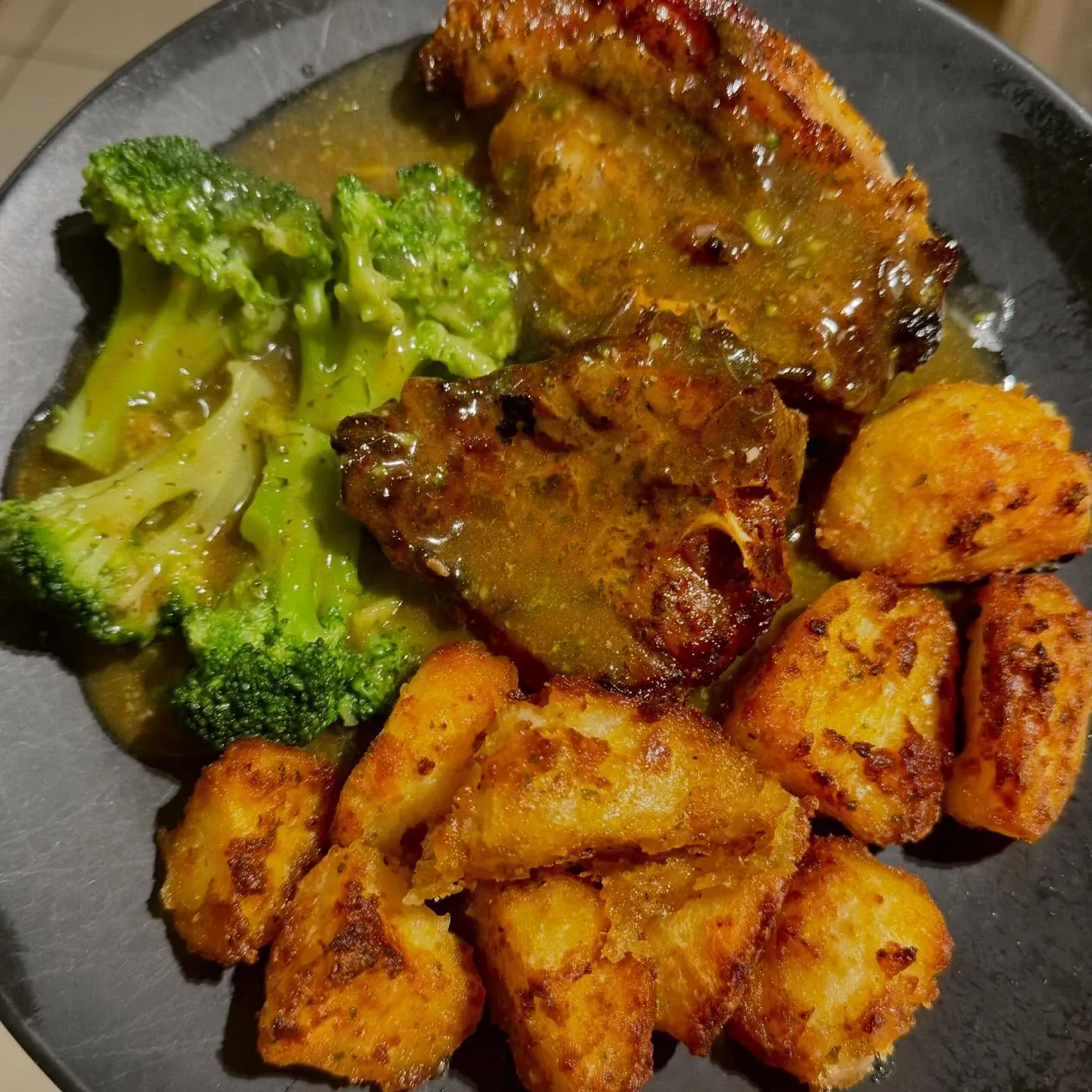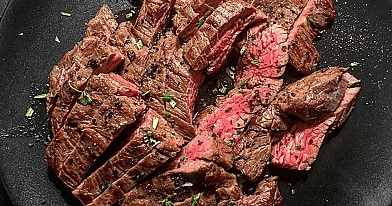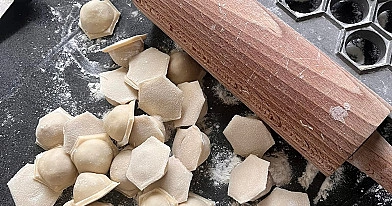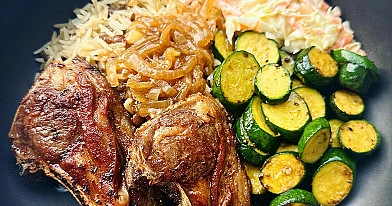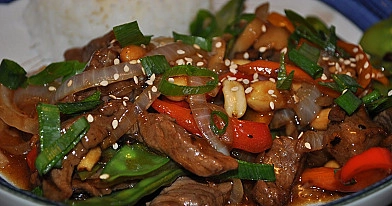
Minted lamb chops in slow cooker
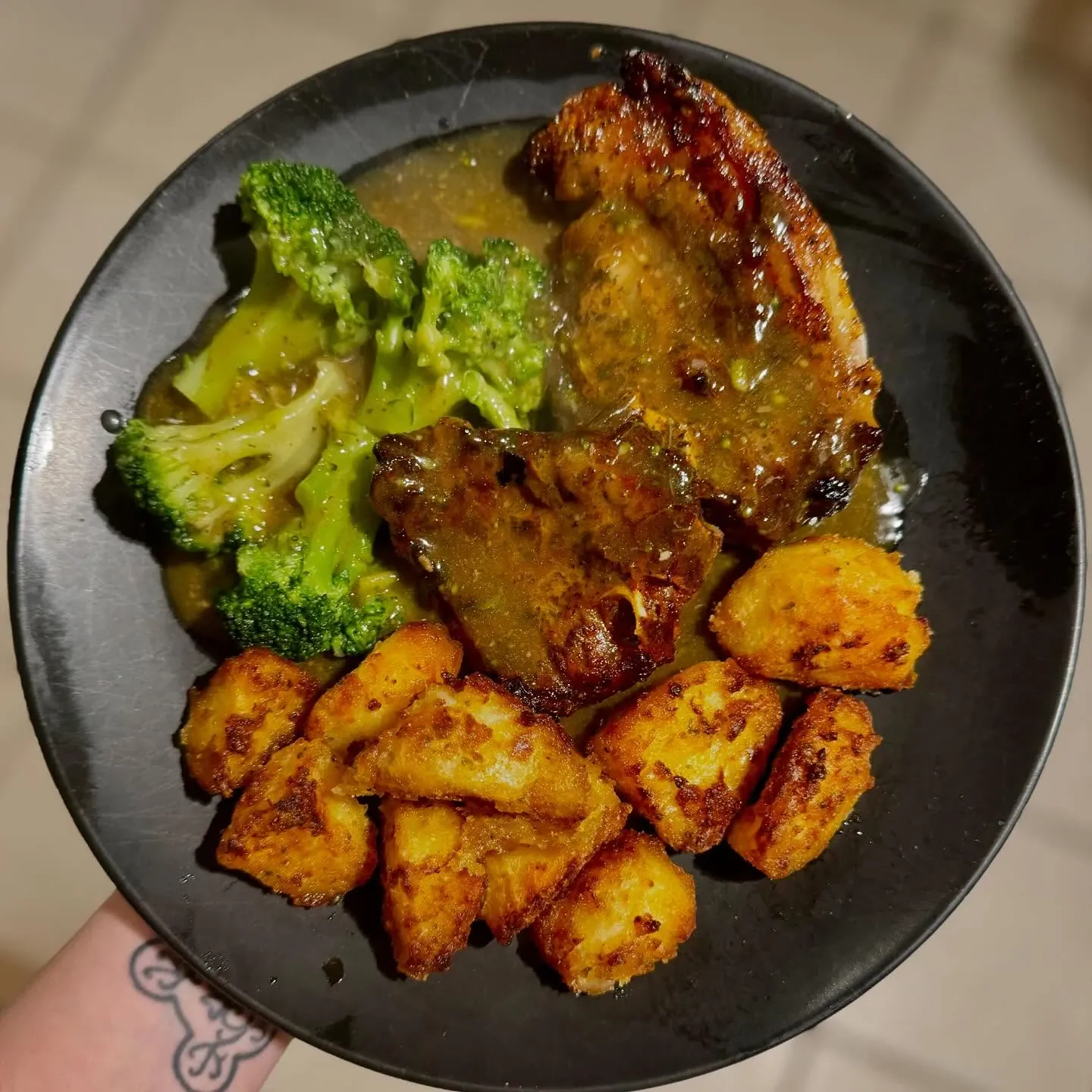
Minted lamb chops in the slow cooker are one of those dishes that combine convenience with a deep, comforting flavor profile. Slow cooking ensures the lamb becomes exceptionally tender, while the infusion of mint adds a refreshing balance to the richness of the meat. This is the kind of recipe that brings traditional flavors into a modern kitchen, making it both practical for busy schedules and impressive enough to serve at a family dinner or small gathering.
I have cooked lamb in many different ways, but I find that slow cooking with mint creates an unforgettable taste. The first time I prepared these minted lamb chops was for a Sunday family lunch, and the meat practically melted as soon as the fork touched it. The freshness of the mint reminded me of recipes passed down by my grandmother, who always combined herbs with meat to bring out their natural character. After testing this recipe several times, I can confirm it works perfectly and consistently delivers the same results.
Advertisement
Possible ingredient alternatives
- Lamb chops: Can be replaced with lamb shanks or lamb shoulder pieces for a heartier cut.
- Fresh mint: If unavailable, use dried mint, though fresh always gives the best flavor.
- Garlic cloves: Garlic powder can be substituted if fresh garlic is not on hand.
- Olive oil: Can be swapped with vegetable oil, sunflower oil, or even ghee for a richer touch.
- Red wine vinegar: White wine vinegar or apple cider vinegar are suitable alternatives.
- Chicken stock: Beef stock or vegetable stock can also be used.
- Honey: Brown sugar or maple syrup can provide a slightly different sweetness.
Cooking tips for the minted lamb chops in slow cooker
- Always brown the lamb chops before slow cooking, as it enhances flavor and locks in juices.
- Fresh herbs should be added towards the end of cooking to preserve their brightness.
- If the sauce tastes too sharp, a little extra honey balances the acidity.
- For a thicker sauce, remove the lid in the last 30 minutes and allow the liquid to reduce.
- Serve with mashed potatoes, couscous, or crusty bread to soak up the delicious juices.
Chef’s advice
When preparing lamb, allow the meat to rest at room temperature for at least 20 minutes before cooking. This ensures even cooking and better texture. If using frozen lamb chops, always thaw them fully in the refrigerator before browning. Remember that slow cookers vary slightly, so monitor the tenderness of the meat during the final hour—some cuts may require less time.
Ingredients
- Lamb chops: 8 pieces (about 2 lbs / 900 g).
- Fresh mint leaves: ½ cup, chopped.
- Garlic cloves: 3, minced.
- Olive oil: 2 tablespoons.
- Red wine vinegar: 2 tablespoons.
- Chicken stock: 1 cup (240 ml).
- Honey: 1 tablespoon.
- Salt: 1 teaspoon.
- Black pepper: ½ teaspoon, freshly ground.
- Onion: 1 large, sliced.
- Carrots: 2 medium, sliced into thick rounds.
- Fresh rosemary sprig: 1 (optional, for depth of flavor).
- 1. The lamb chops were first seasoned generously with salt and black pepper on both sides. This step allowed the flavors to penetrate the meat.
- 2. Olive oil was heated in a skillet over medium-high heat, and each lamb chop was browned for about 2 minutes per side until golden. This process created a deep, savory base for the dish.
- 3. Once browned, the lamb chops were transferred into the slow cooker, arranged in a single layer.
- 4. The onion slices and carrot rounds were layered over the meat, adding natural sweetness and richness.
- 5. In a separate bowl, garlic, chopped mint, red wine vinegar, chicken stock, and honey were whisked together to form the sauce.
- 6. The prepared sauce was poured evenly over the lamb and vegetables inside the slow cooker.
- 7. The lid was placed securely, and the lamb chops were left to cook on LOW for 6 hours, until the meat had reached a fall-apart tenderness.
- 8. In the final 15 minutes of cooking, additional fresh mint was stirred in to preserve its vibrant aroma.
- 9. Just before serving, the sauce was tasted and adjusted with more seasoning if needed.
- 10. The minted lamb chops were served hot with mashed potatoes and a generous spoonful of the sauce from the slow cooker.
Recipe Directions
FAQ
Can minted lamb chops in a slow cooker be made gluten-free?
Yes, this dish can easily be prepared gluten-free since the base ingredients—lamb, mint, garlic, stock, and vegetables—naturally contain no gluten. The key is ensuring that your chicken stock, vinegar, and seasonings are certified gluten-free, as some store-bought brands may contain hidden gluten. I have tested this using gluten-free stock cubes, and the flavor remains just as rich and balanced. This adjustment makes the recipe safe for those with celiac disease or gluten sensitivity without compromising texture or tenderness.
How can I make slow cooker minted lamb chops suitable for a lactose-free diet?
The recipe is naturally lactose-free because it does not rely on butter, cream, or dairy-based sauces. If you plan to serve the lamb with mashed potatoes or other side dishes, simply substitute butter with olive oil or lactose-free margarine. I have prepared the entire meal for lactose-intolerant guests by pairing the lamb with olive-oil mashed potatoes and roasted vegetables, and it worked beautifully without affecting the authentic flavor profile. This ensures the dish remains accessible while preserving its traditional richness.
Can I freeze cooked minted lamb chops for later use?
Yes, minted lamb chops freeze very well if stored correctly. After cooking, allow the lamb to cool completely, then transfer it into airtight freezer containers with some of the cooking liquid to prevent the meat from drying out. They can be frozen for up to 3 months. When reheated, the flavors deepen, and the meat retains its tenderness thanks to the slow cooking method. From my own experience, freezing portions in individual containers makes weekday meals easier and preserves both flavor and convenience.
What is the best way to reheat slow cooker minted lamb chops without drying them out?
The best reheating method is low and slow, just like the cooking process itself. Place the lamb chops in an oven-safe dish, cover them with foil, and warm at 300°F (150°C) for 20–25 minutes. Adding a spoonful of the reserved sauce or stock prevents the meat from becoming dry. Microwave reheating is quicker but tends to toughen the texture, so I recommend the oven method for consistent tenderness. This technique works because gentle reheating keeps the muscle fibers from tightening, which would otherwise make the lamb chewy.
What mistakes should I avoid when cooking lamb chops in a slow cooker?
The most common mistake is skipping the browning step, which significantly enhances flavor through caramelization. Another error is adding too much liquid—slow cookers trap moisture, and excess stock can dilute the mint and garlic notes. Overcooking on HIGH heat may also toughen the meat; LOW setting for 6 hours consistently gives tender results. I once tested the recipe without searing, and the difference in depth of flavor was very noticeable. Following the right steps guarantees a rich, well-balanced dish every time.
How can I adjust the texture of the sauce in minted lamb chops?
The sauce texture can be adjusted based on preference. For a thicker sauce, remove the slow cooker lid during the last 30 minutes to allow natural reduction. Alternatively, whisk in a slurry of 1 tablespoon cornstarch mixed with 2 tablespoons cold water, then let it cook until the sauce thickens. For a lighter sauce, simply add a splash of stock at the end. I often use the reduction method because it concentrates flavors naturally without extra starch. Both techniques are effective, but the choice depends on whether you prefer a glossy, thickened gravy or a lighter broth-style finish.
